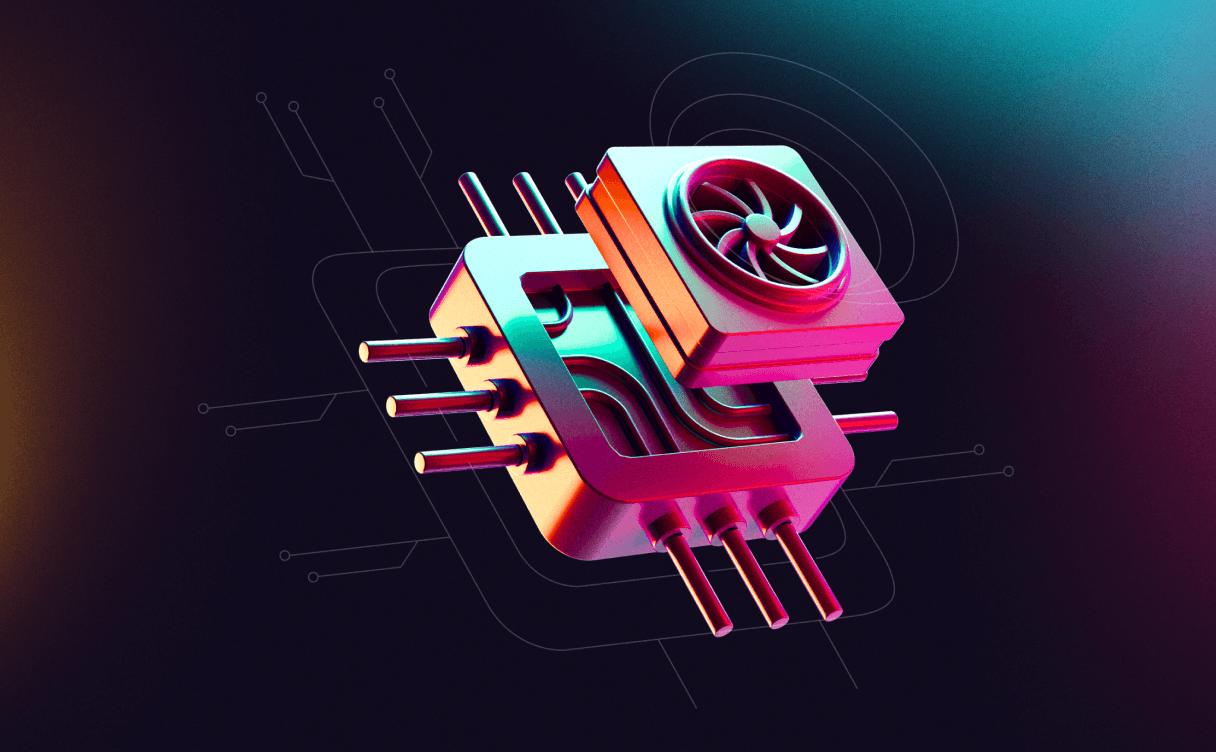
Quantization, a game-changer for cloud-based machine learning efficiency - Part 2
Find out how to maximize ML model quantization, and how you can find the right balance between AI performance gains and accuracy, in part two of our series!

In the fast-paced world of cloud computing, speed and efficiency are critical for effective machine learning (ML) deployments. While access to powerful cloud infrastructure is readily available through Scaleway’s H100 GPU Instances, optimizing models to improve their performance remains a critical task. Quantization emerges as a transformative technique in this context, not just as a tool for model compression but as a means to achieve faster inference speeds, bringing improved operational efficiency.
This is the first delivery of a two-part series about this powerful optimization technique. Part one will go over the key concepts around quantization: what it is, why it is a relevant topic in ML, the types of approaches, and the business impact of implementing it.
The second part will go over optimizing models from a practical perspective: the main concepts around quantization during the training phase, how to take advantage of it with an existing model, deeper performance comparison analysis, and recommendations on how to make the most out of your H100 GPU Instance.
Quantization in ML is the process of reducing the numerical precision of a model’s parameters. Standard ML models typically make use of high-precision floating-point numbers, which improve their accuracy, but at the same time, can be more computationally demanding. Quantization alleviates this burden by transforming these numbers into lower-precision formats, such as integers, enabling more efficient computations.
Two primary quantization approaches exist:
Quantization offers a large number of benefits for cloud-based ML deployments:
In the cloud context, quantization's focus shifts from model size reduction to operational efficiency. The key consideration is striking a balance between speed and accuracy. Quantization accelerates inference, but it's essential to ensure that the precision reduction doesn't significantly impact the expected model's predictive power.
Quantization stands out as a strategic technique in cloud-based ML deployments, enabling faster inference speeds, improved operational efficiency, and overall enhancing AI operations performance. It's not just about reducing model size; it's about making the most of your cloud resources, improving responsiveness, and maintaining scalability. Meticulous testing and evaluation are crucial to reach the optimal balance between speed and accuracy while adopting quantization, ensuring that the model remains robust and effective for its intended applications.
In Part 2 of this series you will learn more about quantization in the training phase using NVIDIA's Transformer engine on an H100 PCIe GPU Instance, quantization-aware training and post-training quantization.

Find out how to maximize ML model quantization, and how you can find the right balance between AI performance gains and accuracy, in part two of our series!

Artificial intelligence took major leaps forward at Station F on November 17, setting trends which are bound to leave their mark on 2024 and beyond. Let’s discover a few…

In this practical example, we roll up our sleeves and put Scaleway's H100 Instances to use by leveraging a couple of open source ML models to optimize our internal communication workflows.